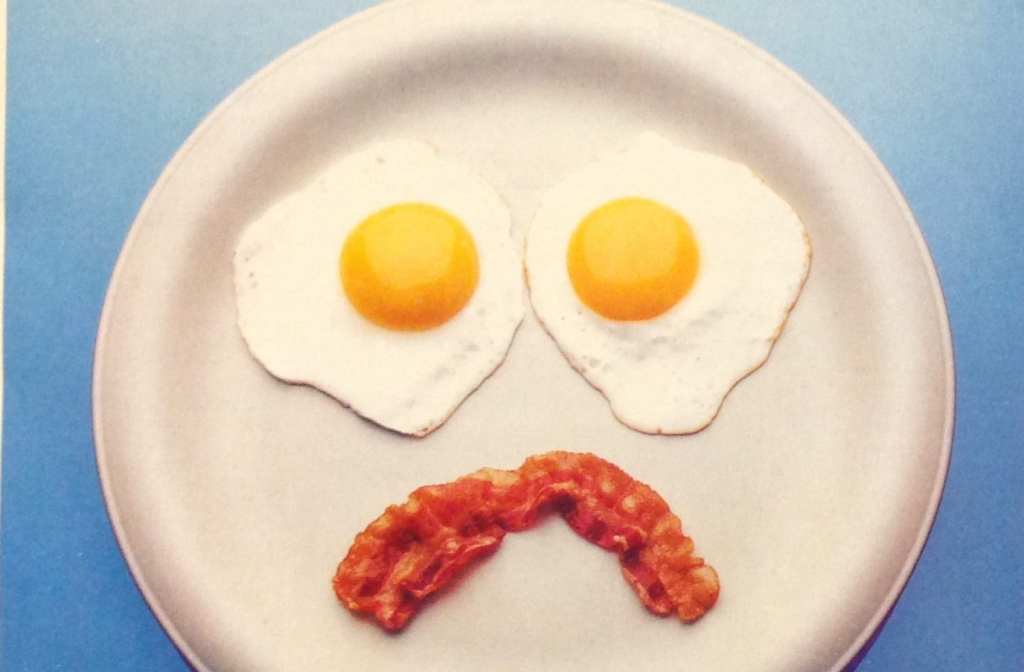Trending Now
Summertime is here, which means it’s time for cookouts, t-shirts, tank tops, shorts, trips to the beach… and feeling terrible about my soft, doughy body. Thankfully, I’m not alone, as millions of Americans struggle with their weight every year, trying out all sorts of crazy workouts and diets in order to attain that “ideal physique.”

Photo Credit: Pixabay
If you’ve been alive on this planet in the last 50 years or so, you’ll know that one thing that’s been recommended to us from countless sources is to eat a diet that’s low in fat. Not only is excess fat consumption bad for your weight, it also leads to heart problems and other serious diseases. Thankfully, there’s a wealth of healthy, low-fat alternatives to some of our favorite snacks. Isn’t that nice of the food companies to help us out like that?

Photo Credit: Wikimedia Commons
If you believe all that, I’ve got a bridge to sell you down in Brooklyn. It turns out that low-fat diets aren’t all that effective at helping you lose weight or be healthier. They can actually be quite bad for you. In order to understand why, let’s got to go back to the 1950s when this whole health food movement started.
Health History
During the late 1950s, incidents of heart disease started to rise in America. The issue of heart health became especially prominent after President Dwight D. Eisenhower suffered a heart attack in 1955. As a result, scientists started looking into the possible links between heart disease and diet, which is pretty much where everything went off the rails.

Photo Credit: Pixabay
You see, it was a different time back then. People were a lot more trusting in general, and – more importantly – prominent scientific publications like the New England Journal of Medicine didn’t require authors to disclose the source of their funding. The sugar industry took advantage of this by literally paying prominent scientists the modern equivalent of $50,000 to publish a review of research on fat, sugar, and heart disease. The data was cherry-picked to ensure the blame fell squarely on fats, and eventually published in the aforementioned New England Journal of Medicine.
By getting these findings published in several prominent journals and magazines, the sugar industry was able to get ahead of the conversation on diet and heart disease for decades to come and ensure that their product was painted in a relatively harmless light as just being empty calories that could be bad for your teeth if you overdid it on the candy consumption.

Photo Credit: Pixabay
Doing this had a twofold advantage for Big Sugar. Not only did it keep blame and bad publicity away from them, it also helped create a whole new market to exploit. An increasingly health-conscious America started demanding less fat in their food, but when you remove fat from food, it tastes like cardboard. To make it taste appealing again, it’s pumped full of sugar. Thus, Big Sugar essentially helped create the now multi-billion dollar “health” food industry.
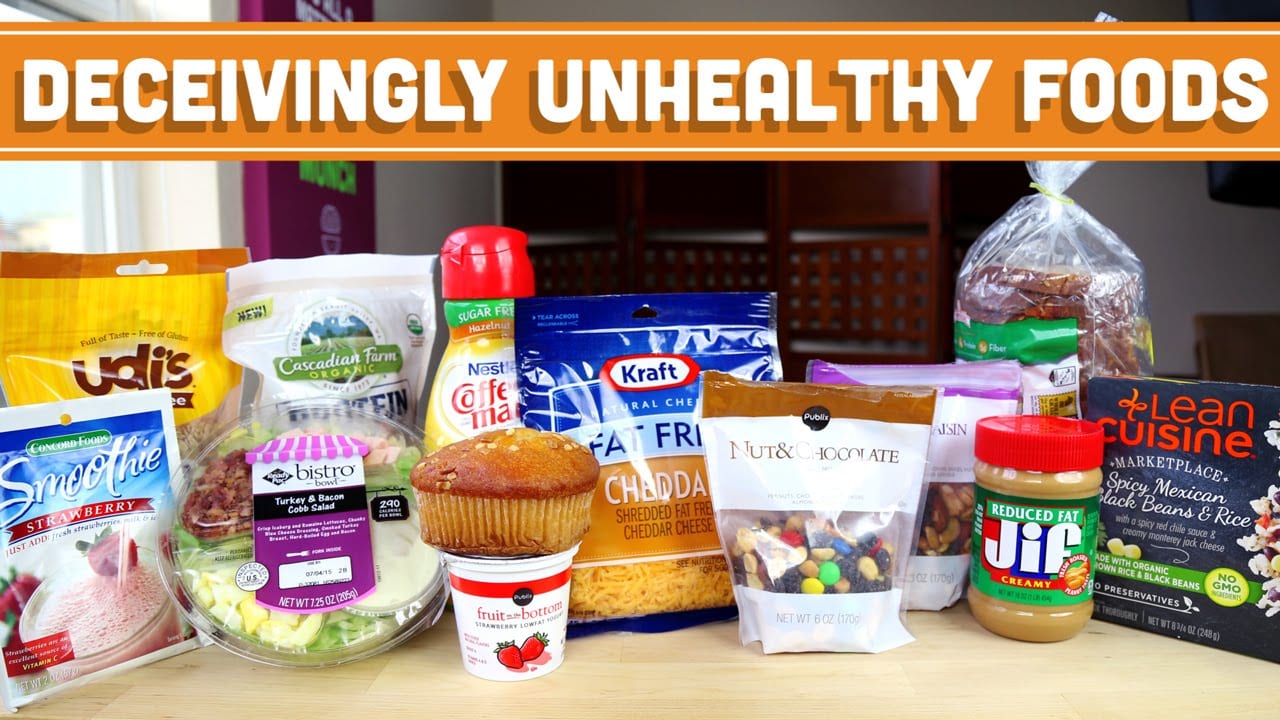
Photo Credit: Mind Over Munch
A Voice of Reason
There was one man during this time who tried his best to speak out about the lie of the low-fat movement: British scientist John Yudkin, founder of the nutrition department at London’s Queen Elizabeth College. Yudkin’s research showed that there was a much more compelling link between heart disease, obesity, and sugar than there ever was with fats, and he even published his findings in a book titled Pure, White and Deadly.

Photo Credit: Amazon
That book was widely derided when it first came out – with the sugar industry doing and spending plenty to make sure it was seen in a negative light. Yudkin found himself shunned in the scientific community. He was suddenly “uninvited” from most conferences of nutritional scientists (which were often sponsored by food manufacturers like Coca-Cola). It didn’t help his case that some of the hormones that really help to explain and verify his theories hadn’t been discovered during his time. Thankfully, actual science has finally vindicated him and his reputation is now slowly starting to be restored.

Photo Credit: Wikimedia Commons
More Health Lies
The damage of nearly five decades of bad research is, unsurprisingly, pretty widespread. The food and sugar industries have a vested interest in selling their product, so of course, they’ll minimize data that makes them look bad. That’s how Coca-Cola found itself funding research that buried the links between sugary drinks and obesity.
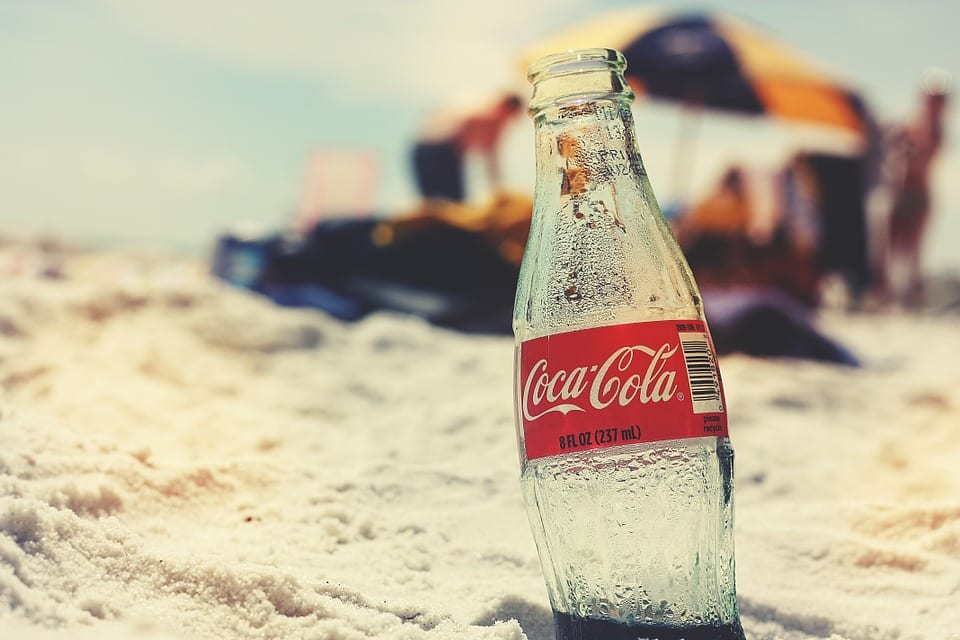
Photo Credit: Pixabay
Consumers are simple enough to trick with buzzwords like “fat-free,” and food marketers have no qualms about exploiting the misinformation that’s out there to make a quick buck. Here are a few more lies they’ve been telling us:
Fat-free: We’ve already discussed how low-fat food is a lie, but just one more fun tidbit I’d like to point out – “low-fat/fat-free” are such buzzwords now that candy makers prominently display them even on products that never had any fat involved in their recipe anyway! Sure, that giant ball of fruit-flavored sugar on a stick has no fat in it… but it’ll still turn into fat inside your body if you’re not careful, so don’t be a sucker.

Photo Credit: Pixabay
Natural: As consumers, we just love seeing a little icon or label on our food that says it’s natural. Most of us think this means it must come straight off the farm and into our plates, but the legal definition of “natural” foods is actually a lot vaguer and allows the inclusion of stuff like highly processed high fructose corn syrup. The best way to make sure you’re eating natural foods is to buy from reputable sellers, local farmers, or, best of all, prepare them yourself.

Photo Credit: NBC News
Organic:
Similar to “all-natural,” there are a few different legal definitions of what qualifies to be called organic. Furthermore, the language of the label can be deceptive, making you think the product is organic even if it’s just got a few ingredients that are organic.
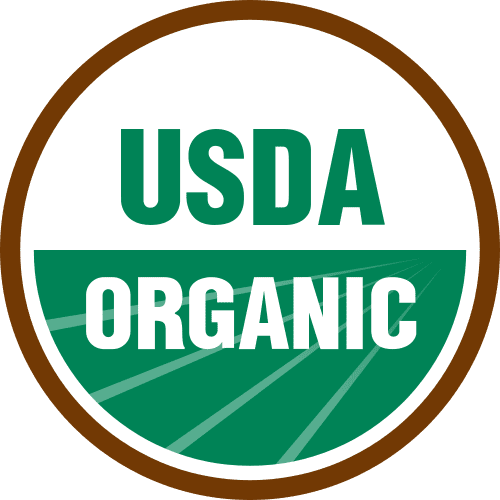
Photo Credit: Wikimedia Commons
Nutritional Labels:
Nutritional labeling on our food seems like a great way for consumers to get more transparency about what we’re eating. Sadly, this information is often inaccurate, and can also be easily manipulated by messing with portion sizes and/or adding more food items to reduce the overall percentage of “undesirable” elements like fats or sugars per serving.
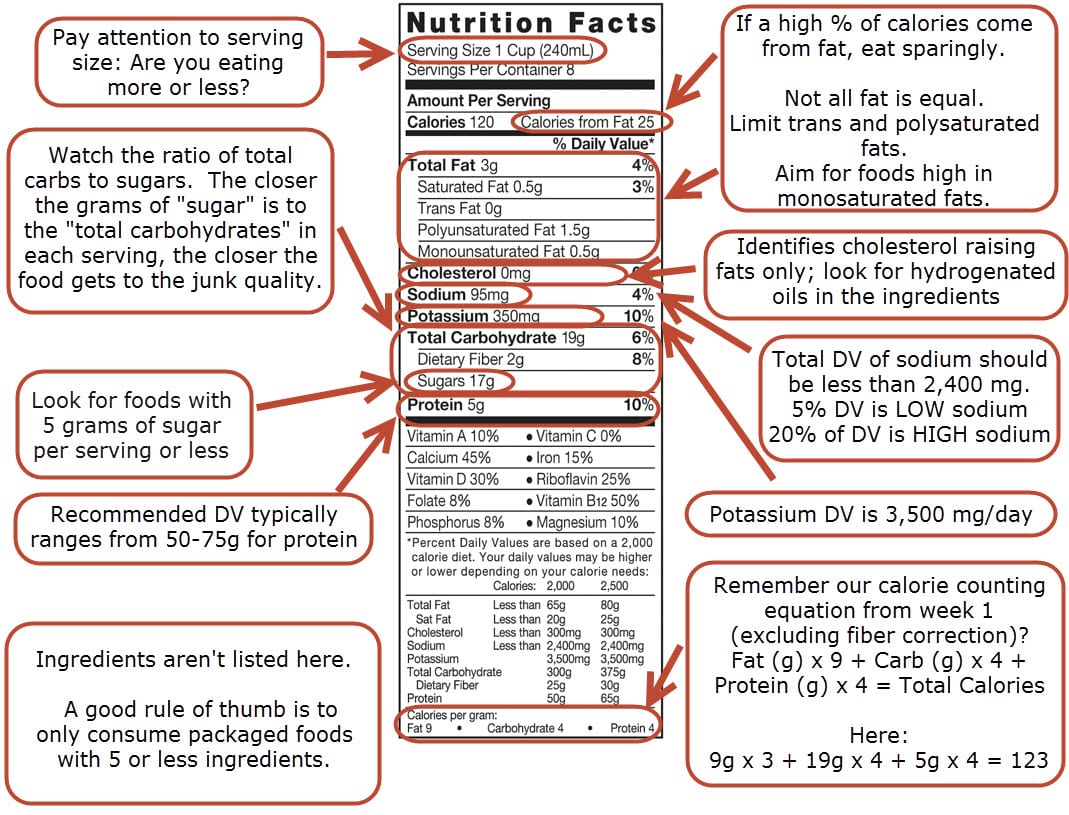
Photo Credit: Brian Fulton
Staying Healthy
The best way to stay healthy is to follow the old-fashioned advice of a balanced diet that’s got plenty of veggies and proteins. You don’t have to be especially afraid of fats, though there are obviously still some fats that are better than others, such as omega-3’s. Try to avoid too much sugar in your diet wherever you can – one great way to get rid of excess sugar is to cut out processed foods, which tend to rely heavily on sugar.

Photo Credit: Pixabay
That’s not to say you can’t enjoy the occasional indulgence. All things in moderation, after all. There are even those who say you can eat as much dessert you want – provided you made it yourself entirely from scratch. Not only does this ensure you know just how much sugar you put into it, but the time and effort required may also double as a deterrent from indulging too often.

Photo Credit: Pixabay
Finally, make sure you incorporate regular exercise into your life. Staying consistent with your physical activity is one of the surest ways to lose the pounds and keep them off in the long run.

Photo Credit: Pixabay

